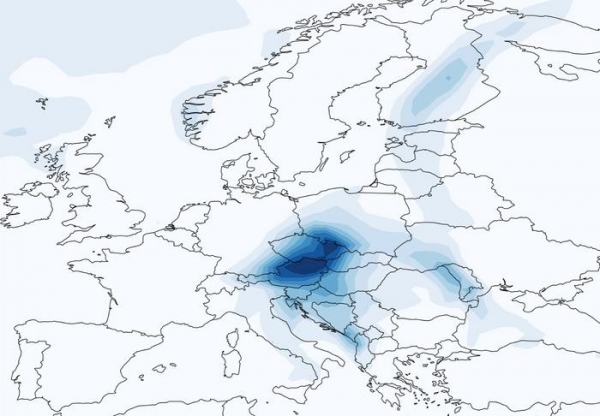Only a few weeks ago, massive precipitation produced by the storm “Boris” led to chaos and flooding in Central and Eastern Europe. An analysis conducted by the Alfred Wegener Institute shows that in a world without the current level of global warming Boris would have deposited roughly nine percent less rain. Such conclusions can be drawn thanks to a new modelling approach called ‘storylines’. How it can be used in near-real-time was just presented in the Nature journal Communications Earth & Environment. At the same time, the AWI team released a freely available online tool that allows users to identify the fingerprints of climate change in current extreme weather events and create their own comparison graphics.
In mid-September, the storm “Boris” produced torrential rains and extreme flooding in Poland, the Czech Republic, Austria and Romania. In many of the affected regions, it was one of the highest amounts of precipitation ever recorded in a five-day period. There were at least 27 fatalities, while countless families were forced to leave their homes. In the meantime, the situation has improved and cleanup efforts are running round the clock. But already the next weather extremes, this time in Spain, are cause for concern. Time and time again, a central question arises in public, political, and media forums: was the catastrophe caused by global climate change?
Read more at: Alfred Wegner Institute
Precipitation amounts September 2024 (Photo Credit: Marylou Athanase)
Sci/Tech Top Stories Climate
